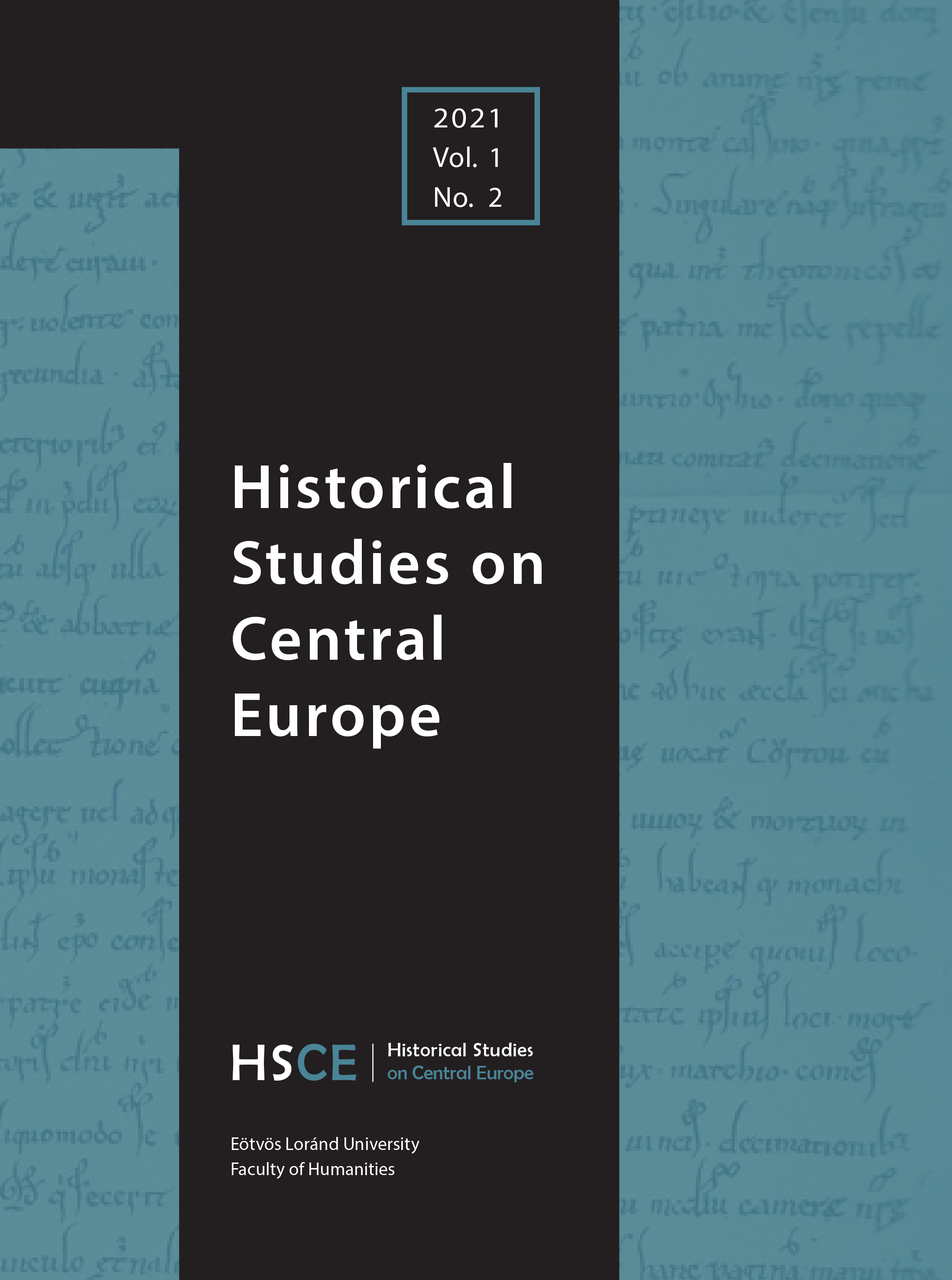Weber’s ‘Ackerbürgerstadt’ in the Nineteenth Century: Zwettl as a Rural Case Study of Small-Town Economics in the Habsburg Empire
Published 03-12-2021
Keywords
- Ackerbürgerstadt,
- Max Weber,
- rural small towns,
- economic periphery,
- agricultural history
How to Cite
Copyright (c) 2021 Maximilian Martsch

This work is licensed under a Creative Commons Attribution-NonCommercial 4.0 International License.
Abstract
In his treatise “The City”, Max Weber introduced the concept of the Ackerbürgerstadt (agrarian city), a type of city whose economic system is primarily rooted in agricultural production. Since then, Weber’s concept has been frequently applied to historical studies on urban economies, especially in the Middle Ages and early modern history. However, by taking a closer look at the socioeconomic fabric of small towns in the prelude to industrialization, many characteristics of Weber’s Ackerbürgerstadt still seem to be applicable. The paper investigates the development of the economic system of the rural small town of Zwettl, situated in the northwestern part of Lower Austria. Zwettl and its surrounding region were left mostly untouched by economic progress. The city had one of the lowest growth rates in Lower Austria and was excluded from the infrastructural expansions of the industrial period. However, Zwettl did not dwindle into a remnant of pre-industrial times. Changes in the social and economic fabric happened on a more subtle level. Structural changes, for example in the agricultural sector, impacted long-term business opportunities, household management, and market development in Zwettl—for better or worse.
The paper offers a case study-based examination of Weber’s Ackerbürgerstadt. It questions the rigid separation between urban and household economy, as well as the functional distinction between the city and its hinterland. Thus, the paper provides a contribution to the historical exploration of the socioeconomic development of small towns in the rural periphery.

